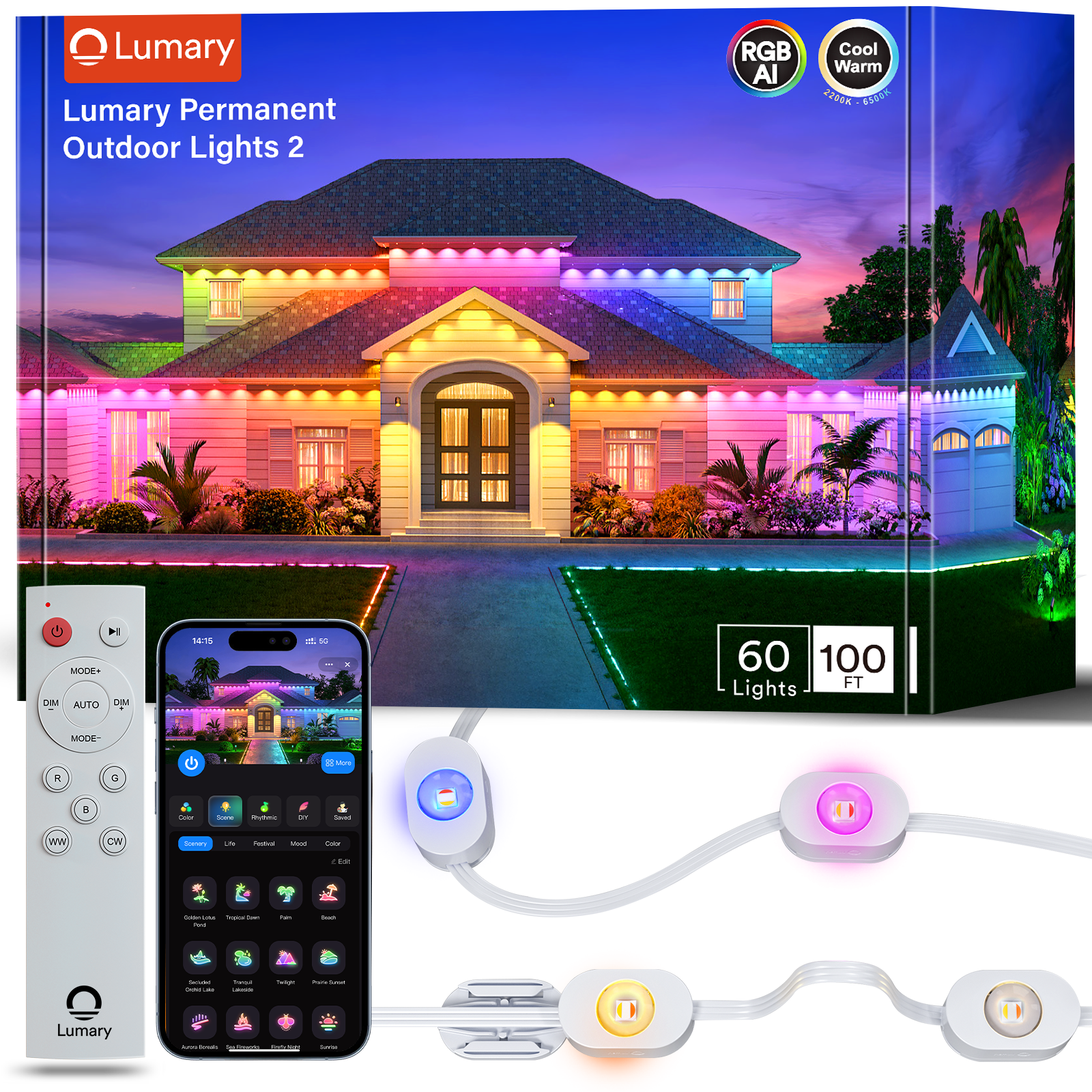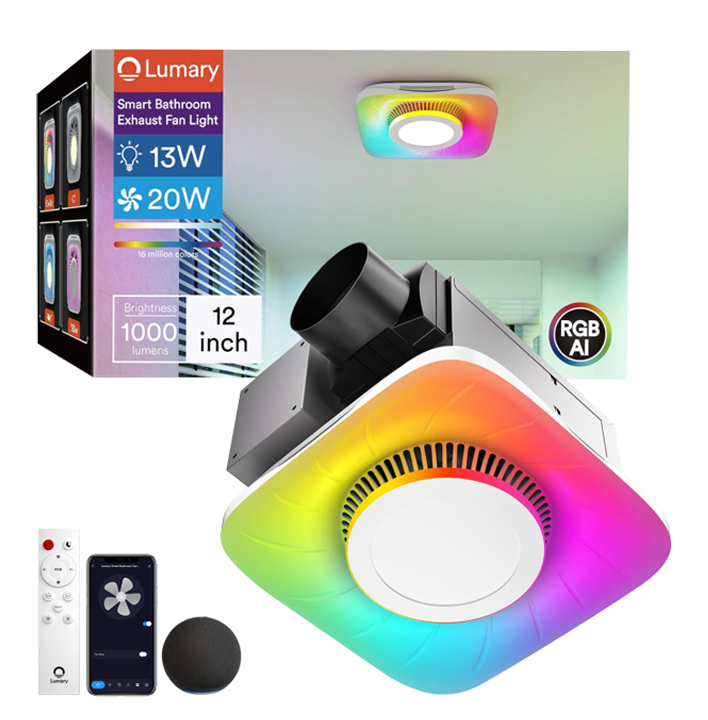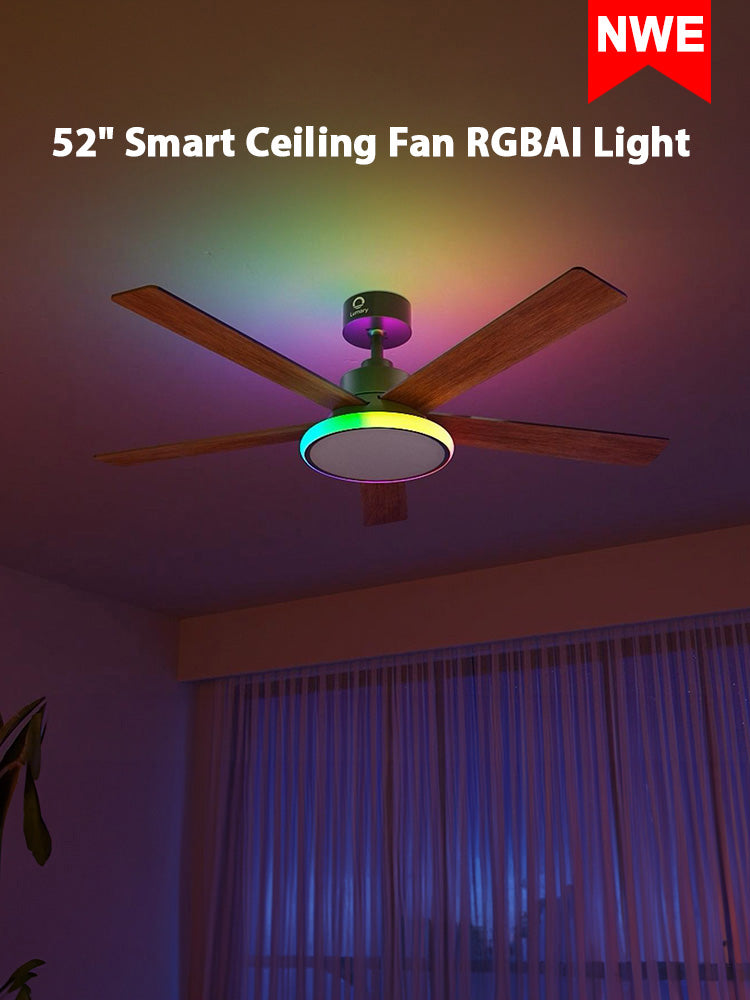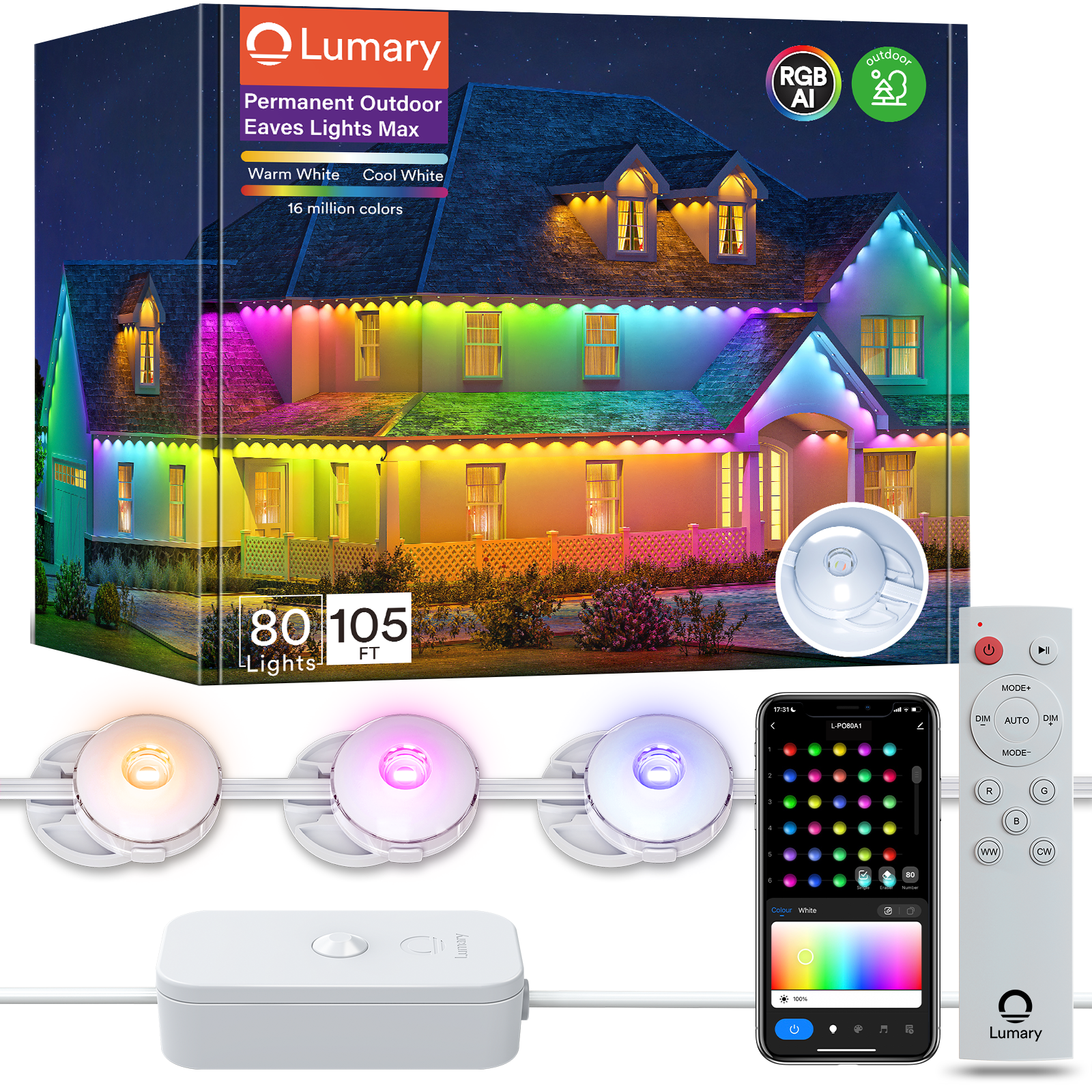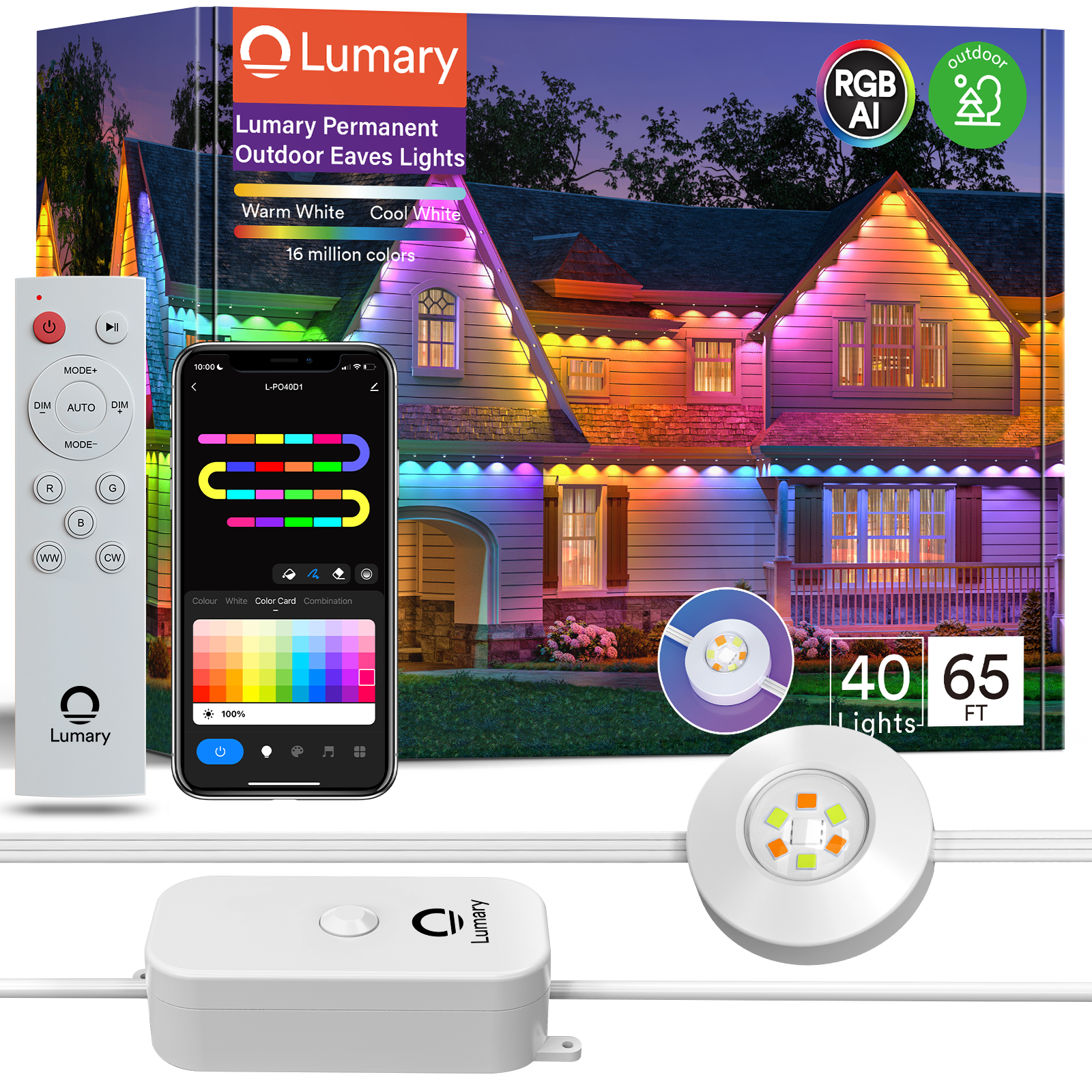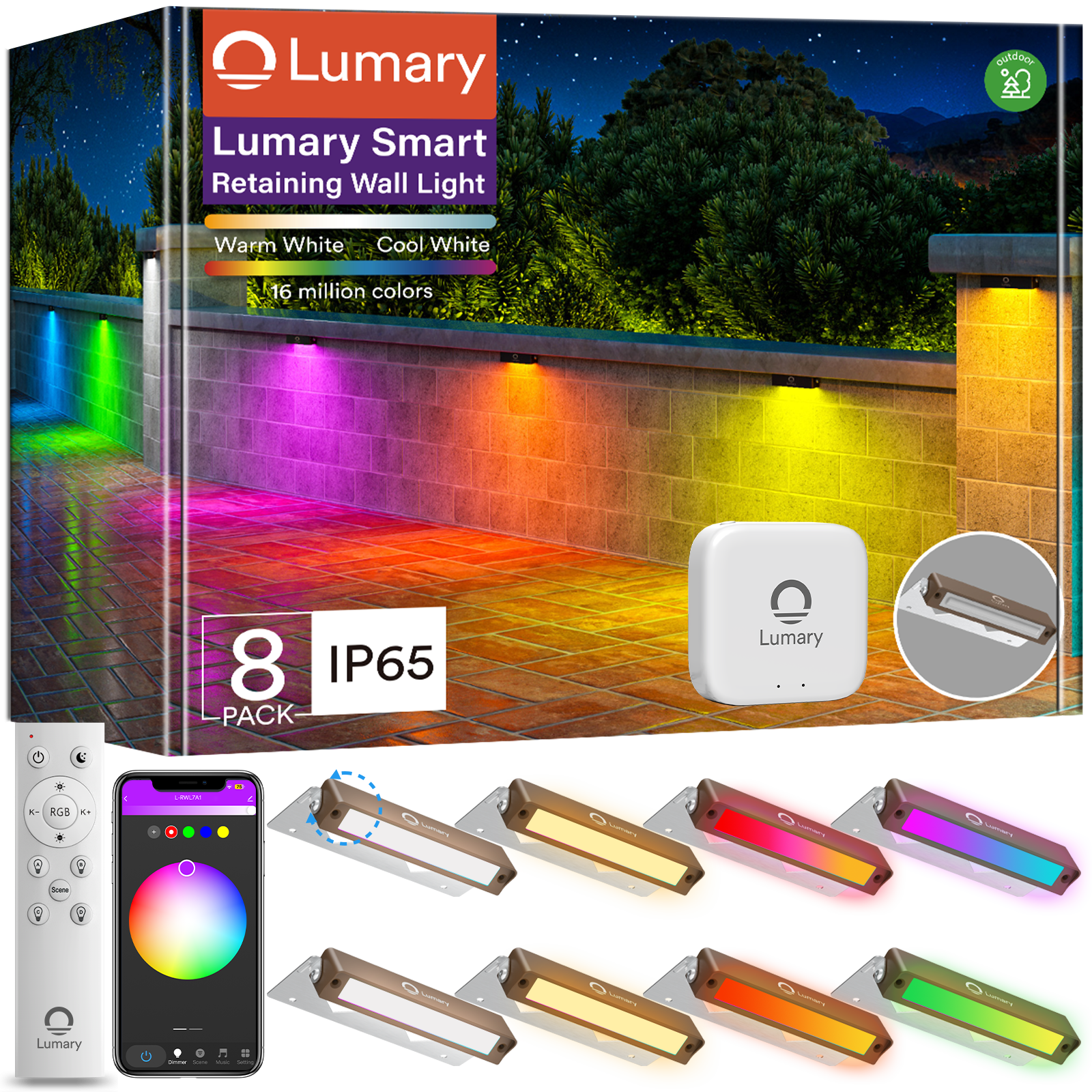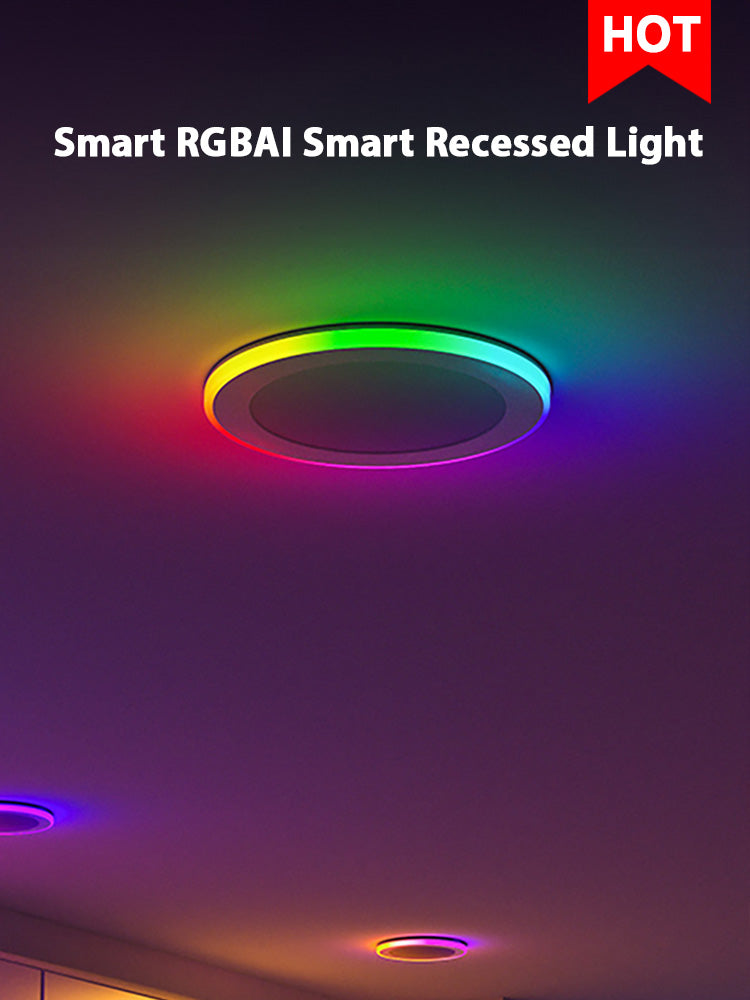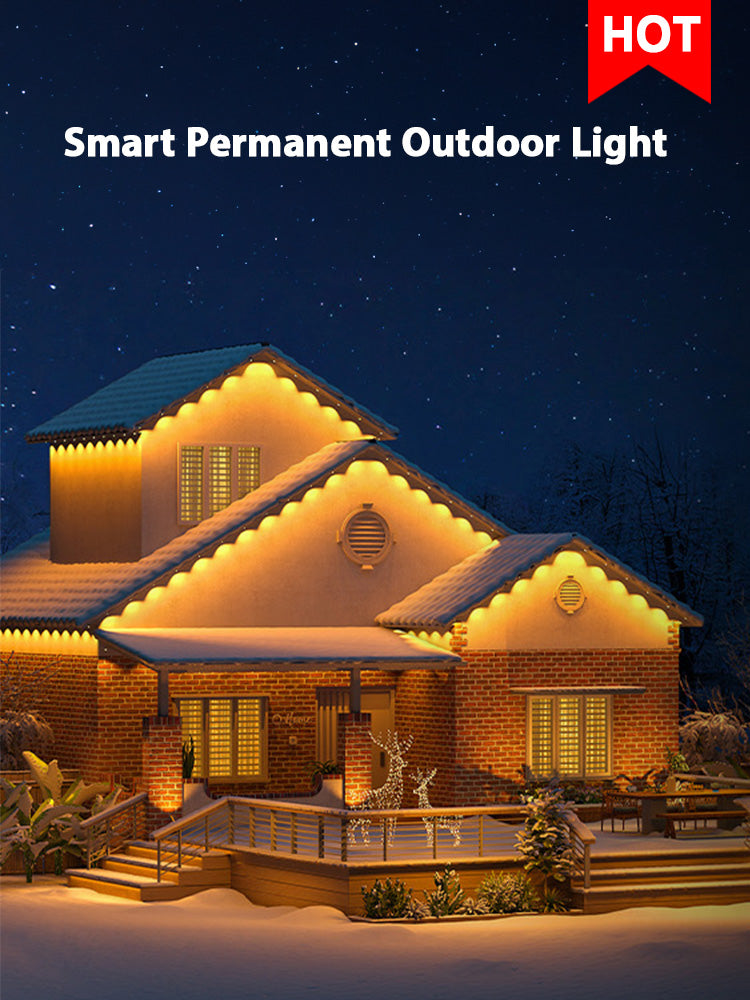When choosing lighting for any space, the term ‘lumens’ is key—it’s what tells you how bright a light bulb will be. But here’s the rub: sometimes, the lumens advertised don’t quite match up to the glow that hits your living room. That’s why knowing whether those lumens figures are accurate isn’t just helpful; it’s crucial. It ensures that you’re not left in the dark after expecting a flood of light, and it’s the first step in creating the perfect ambiance for your home or office. In essence, getting to grips with the truth behind lumens is about making sure that when you flick that switch, the brightness you’ve been sold is the brightness you get.
Lumens and Light Output
Lumens are all about how bright a light bulb will shine. It’s the measure of light visible to the human eye from a source. If lumens were sound, they’d be volume—crank up the lumens, and you turn up the brightness. So, when you’re picking out bulbs, think of higher lumens for a well-lit reading nook and fewer lumens for a cozy ambient glow in your den. For example: lumary Linear Light supports warm white to cool daylight options from 2200k-6500k.
Yet, there’s more to lighting than just the raw lumen count. The height and design of your ceiling, for example, influence the effectiveness of your lighting choices. Rooms with lower ceilings require specific lighting strategies to avoid overwhelming the space. The color of your surroundings also plays a big role; ever notice how a room with white walls seems brighter than one with darker colors? That’s because lighter walls reflect light better. The type of light matters, too. For instance, a soft glow from a table lamp creates a different mood compared to the sharp focus of a spotlight, even if they pack the same lumen punch.
And then there’s color temperature, measured in Kelvins. While it doesn’t affect the lumen count, it significantly impacts how we perceive light and, more importantly, how it influences our mood and health. Warmer lights make rooms feel inviting, while cooler lights keep things business-like and alert. So, while lumens tell you how much light you’ll get, these other factors decide what that light will actually look like in your space.
Tools Required for Lumens Testing
To check if your light matches its lumens claim, you’ll need a tool called a light meter. These handy devices come in various types:
- Basic Handheld Light Meters: These are affordable and easy to use, great for general purposes.
- Digital Light Meters: Offering more features and detailed readings, these are good for those who want precise measurements.
- Smartphone Apps: There are free and paid apps available that can measure light using your phone’s camera, though they may not be as accurate.
When picking out a light meter, consider how you’ll use it. If you’re just checking bulbs around your home, a basic model or app might do. But if you need to measure light for photography or work, investing in a digital meter could be worth it.
You might also need some accessories like a tripod to hold the light meter steady or reflective tape to mark where to measure the light.
Lumen Testing Procedure
Preparing the Environment
Before testing, make sure to eliminate any external light sources that could throw off your readings. Close blinds and turn off other lights to control the environment.
Positioning Your Light Meter
Position your light meter at the same height where the lighting effect is most important—for example, at table height for a dining room fixture. It’s crucial to maintain the proper distance and angle from the light source for an accurate reading.
Measuring Steps
Here’s how to get an accurate reading:
- Turn on the light and let it warm up if needed.
- Place the light meter sensor directly under the light source at the predetermined position.
- Record the reading, then take multiple measurements to account for any fluctuations.
Compared with the Claimed Lumens
Once you’ve got your average reading, compare it to the lumens figure claimed by the manufacturer. A small difference is usually acceptable, as there’s always a margin of error due to manufacturing variations.
Interpreting the Lumen Testing Results
When interpreting the results of your lumens testing, it’s crucial to have a grasp on what constitutes an acceptable variance from the manufacturer’s claims. Typically, lighting manufacturers allow for a margin of error in their lumen output specifications—usually around ±10%. This tolerance accounts for production variations and testing conditions.
So, let’s say you bought a bulb that’s advertised to pump out 800 lumens. After conducting your tests, you find the average reading is 760 lumens. Given the ±10% margin (which equates to 80 lumens in this case), your bulb falls within the acceptable range. That said, if you’re tallying up figures significantly below this threshold—think 720 lumens or less—then your bulb isn’t hitting the mark.
It’s essential to consider these margins in your assessments. If multiple measurements consistently show lower lumens than this acceptable variance, it suggests that the product doesn’t live up to its specs. This insight is valuable not just for setting up your space but also for making future purchasing decisions. It might also be grounds for a return or exchange if the product is still under warranty, as it’s not delivered as promised. Understanding and applying this margin of error can help ensure that when you need bright light, you’re actually getting it without any unpleasant surprises.
Common Slip-Ups When Measuring Light
Getting a reliable lumen measurement isn’t always straightforward. Here’s what to look out for:
- Ambient Light: It’s the unseen troublemaker. Just a sliver of daylight sneaking in or another light left on can skew your readings more than you’d think.
- Reflections: They’re the secret agents of light, bouncing off surfaces and potentially distorting your measurements. That shiny countertop or polished floor might just be feeding false intel to your light meter.
- Uneven Light: Not all bulbs are created equal when it comes to doling out light. Some have a sweet spot, shining bright in one area but leaving others in the dark. This means testing in multiple spots is key to getting the full picture.
Tips for Accurate Testing
Get Your Light Meter in Tune
Before using your light meter, make sure it’s calibrated. Calibration is like tuning a guitar before a big concert; it ensures that your gadget reads the light as accurately as possible. Sometimes, you can do this yourself with the right tools, or you might need to send it to professionals who can restore it to factory settings.
Play the Field with Multiple Readings
Don’t put all your trust in one reading; take several across different areas of the room. It’s a little like double-checking your answers on a test. By taking multiple readings at various points, you give yourself a well-rounded view of how the light behaves in the space. Is it Mr. Brightside near the lamp and then fade-to-grey in the corner? You’ll only know if you check everywhere, not just where the light seems strongest.
Bringing Light to Lumens
Measuring lumens accurately ensures that the lighting you choose delivers the brightness promise. This process is key to creating the right atmosphere and functionality for any space. By taking the time to verify lumens, you empower yourself with the knowledge to make informed decisions, ensuring your light fixtures are not only aesthetically pleasing but also economically and practically sound. So, arm yourself with a light meter and take charge of your luminous environment—it’s a bright idea!
FAQ
Q1: How many lumens is the sun?
While the sun’s total output is about 3.8 x 10^28 lumens, at the Earth’s surface, we receive about 100,000 lux on a clear day, which translates to roughly 10,000 lumens per square foot.
Q2: How many lumens is a 60-watt bulb?
A traditional incandescent 60-watt bulb typically produces around 800 lumens. However, with modern LED technology, a bulb that uses only 8-12 watts of electricity can produce the same amount of light. It’s important to look for the ‘lumens’ rating when shopping for bulbs, as wattage is no longer a reliable indicator of brightness.
Q3: How many lumens do I need per square foot?
For basic ambient lighting in a home, 20 lumens per square foot is a common benchmark. Task-oriented spaces like kitchens or offices may require more, often recommended at 50-75 lumens per square foot. In commercial or industrial settings, the requirements can be much higher, sometimes exceeding 100 lumens per square foot depending on the task complexity and precision needed.

